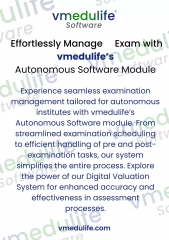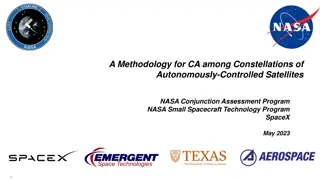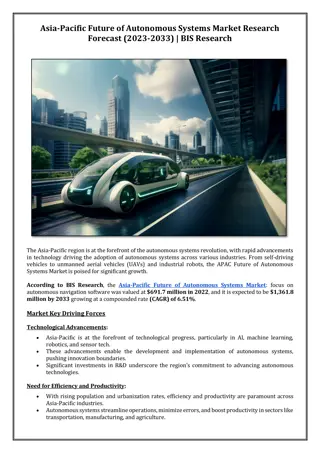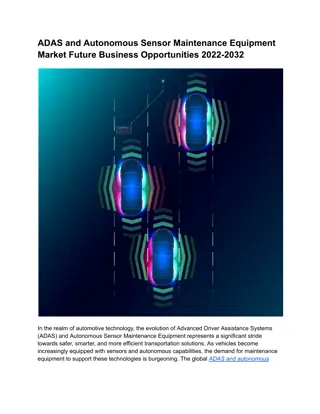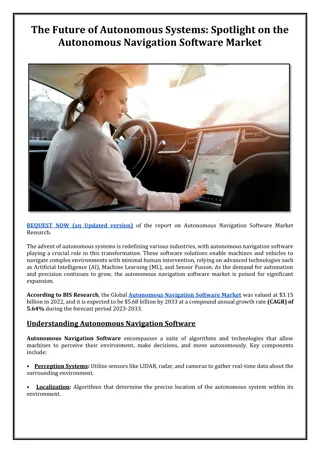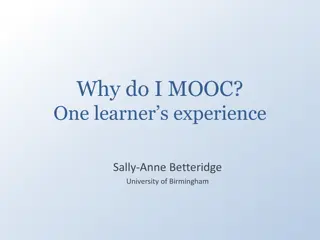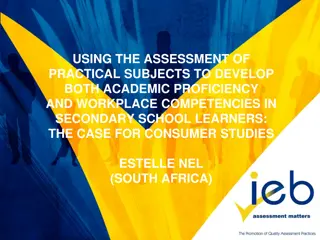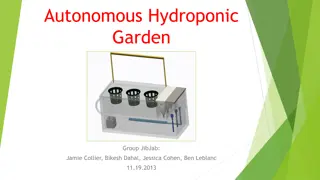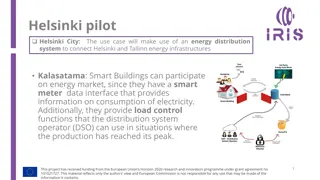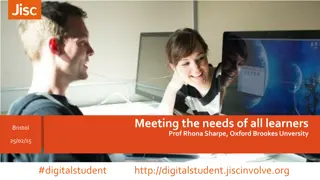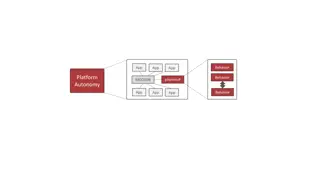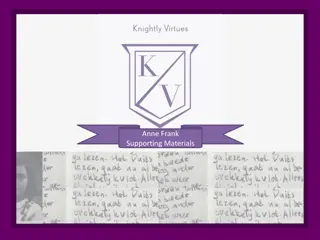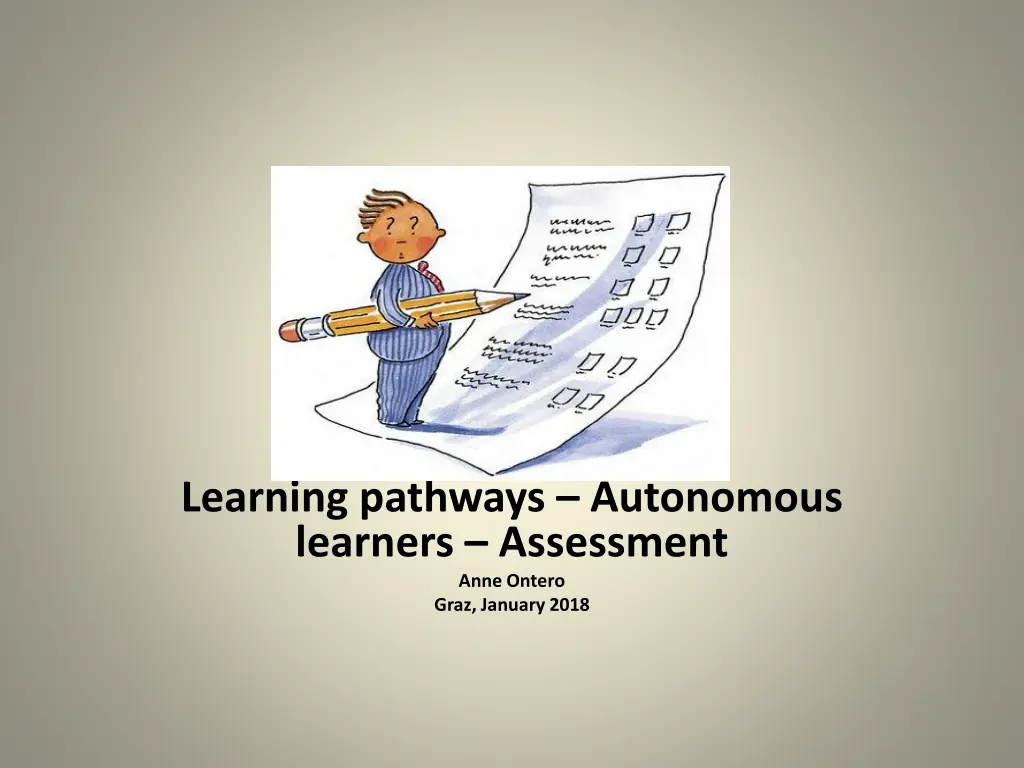
Assessment Practices and Learning Environments
Explore different assessment practices and learning environments in education. Understand the significance of student-teacher dynamics, self-assessment, and various types of assessments including diagnostic, prognostic, formative, and summative. Reflect on the impact of traditional teaching methods and the need for more interactive classrooms for better student outcomes.
Download Presentation

Please find below an Image/Link to download the presentation.
The content on the website is provided AS IS for your information and personal use only. It may not be sold, licensed, or shared on other websites without obtaining consent from the author. If you encounter any issues during the download, it is possible that the publisher has removed the file from their server.
You are allowed to download the files provided on this website for personal or commercial use, subject to the condition that they are used lawfully. All files are the property of their respective owners.
The content on the website is provided AS IS for your information and personal use only. It may not be sold, licensed, or shared on other websites without obtaining consent from the author.
E N D
Presentation Transcript
Learning pathways Autonomous learners Assessment Anne Ontero Graz, January 2018
File:Red-Question-Mark.jpg Exam papers not got back; feedback not received? Asian students in the class behave differently: feedback asked Girls ask for word tests ?
4 4 of 20
Dialogical Learning Environment The more the student becomes the teacher and the more the teacher becomes the learner the more successful the achievement outcomes. 5 of 20
Assessment? Diagnostic assessement Prognostic assessment Formative assessment Summative assessment
I am not as good as I thought I was Traditional, very formal classes were preferred when approaching the final exam There is little real dialogue between students and teachers Assumptions of what is happening in the classromm Teacher talk 8 of 20

